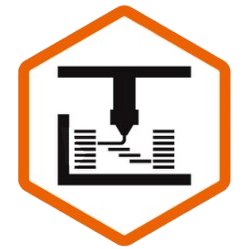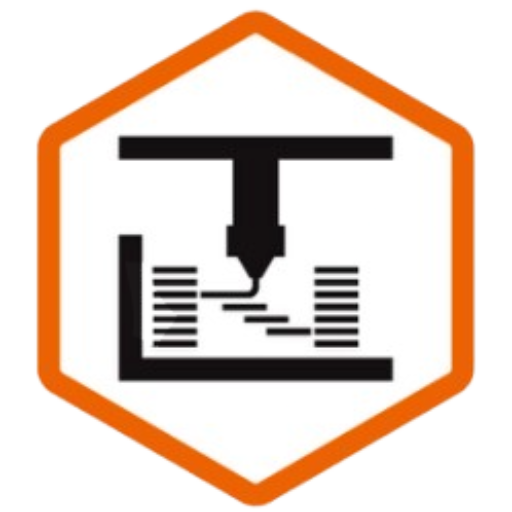The main difference between Klipper vs Marlin is that the latter was developed in 2016 by Kevin O’Connor. Meanwhile, Marlin has been operating since 2011. Both platforms are 3D printing software with different functionality to enhance the user experience.
If you’re looking to know more about Klipper vs Marlin, your search ends now. This comparison guide includes everything about these platforms to help you make an informed decision.
Klipper Vs Marlin: Side-To-Side Comparison
Robust firmware is necessary when using a 3D printer because it controls the printer’s actions and enhances result quality. Klipper and Marlin are two prominent names in the 3D printing industry.
Here is a side-to-side comparison of these two software applications:
|
Feature |
Klipper |
Marlin |
|
Ease Of Installation |
Better than Marlin |
Less Than Klipper |
|
Customizable Potential |
Higher |
Lower |
|
Customer Support |
Available |
Available |
|
Update Frequency |
Lower |
Higher |
|
Ease Of Use |
Better than Marlin |
Less Than Klipper |
Klipper Vs Marlin: Main Differences
Here are the main differences between Klipper and Marlin as per their features:
Process And Ease Of Installation
Understanding the ease of installation is necessary when comparing the main differences. You must use software that is easy to install to save time and avoid making errors during the setup. Setting Klipper is a breeze because of the simple instructions.
A config file must be downloaded from Klipper’s config directory for easier installation. You will have to transfer this file to a Raspberry Pi computer and microcontroller. Octoprint should also be installed to restart Klipper and allow configuration to occur.
The process of installing Marlin is also simple. You will have to obtain a source code and use an integrated development environment to generate a binary version of Marlin. Uploading this to your board will allow you to install the firmware.
Developers find the installation process of both software easy. However, Klipper is easier to install because the instructions are less complex and less time-consuming. Beginners may not be able to install Marlin easily, but they can download Klipper without any experience.
Customizable Potential
The customizable potential is necessary to consider when using 3D printing software. This is because you need your printer to be flexible when creating different things. The best part is that high customizability offers access to more features for the best results.
Python is the primary code for Klipper and makes it easier to configure files. You can also alter different settings, such as Z height, acceleration, and more. Plugins and Mods can also be used with the firmware for setting up Klipper.
Marlin also offers extensive customizable options for 3D printing. However, the firmware lacks variety between the different options. This means that Marlin’s customizable potential is less than that of Klipper.
The C++ source code of Marlin also makes it harder to configure files and alter settings to obtain results.
Customer Support
It is no secret that customer support of any software must be well-developed for convenience. You can easily contact the company if you run into troubles such as bugs, loss of data, and much more. A dedicated customer system also indicates the firmware’s capability to retain clients.
Klipper and Marlin offer excellent customer support to their users. The active community of these platforms also makes it easier for you to use the software. You may use online resources on the official website to select the best settings for 3D printing.
Registering on the Discourse Forum of Klipper will help you engage with the community. It will also allow you to find information such as user guides, tutorials, and much more. Marlin also offers documentation on its website and community on forums such as RepRap.
Both platforms offer good support to users, but Klipper’s support is mainly for beginners. Meanwhile, Marlin’s documentation is more helpful to advanced users.
Update Frequency
It is necessary to know the update frequency of your chosen 3D printing firmware. This will allow you to understand your flexibility and get updates about improvement. Klipper and Marlin update their platforms for all users to offer versatility.
Klipper is famous for responding to feedback quickly. Bugs are also fixed promptly on this software because of a skilled team. Marlin also has a large developing team for enhancing the platform.
The main difference between the update frequency of these platforms is that Marlin offers more regular updates. It is also more stable than Klipper because of fewer bugs and fixing requirements.
Ease Of Use
The interface and usability of every software must be simple and easy for a good user experience. Klipper has a simple installation process and interface for high convenience. Beginners can use the platform easily after reading the guides.
Marlin may be complex to install, but it is also reliable after complete setup. The platform will not run into many problems to enjoy a good experience. However, Klipper is easier to use than Marlin because of its multiple interface options.
You can choose the interface that suits you the most, depending on your skills.
Access To Features
Marlin and Klipper differ in some features, but the access to different options puts them on the same level. The latter offers an API server, temperature sensor support, a display with custom menus, and much more. These features will make 3D printing easy and more versatile.
Marlin also offers extensive features such as touch screens, sensors for bed leveling, temperature calibration, and power-loss recovery options. You can enjoy better stability by using Marlin for 3D printing.






